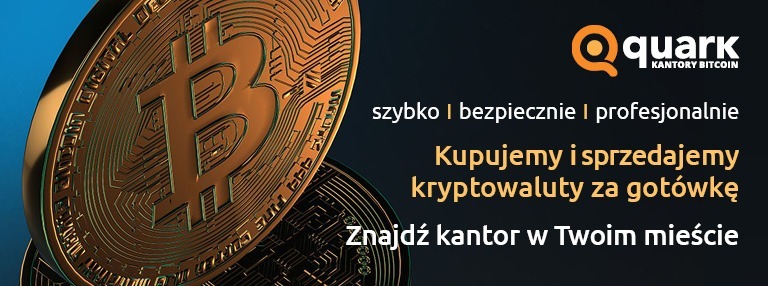
In the world of cryptocurrencies, Bitcoin continues its extraordinary journey, reaching new heights. On Christmas 2023, the hashrate of this digital currency rose to an impressive 544 EH/s. This is a significant increase compared to January of this year, when it was 253 EH/s. This development, although promising at first glance, also brings new challenges.
Hashrate, the computational power of the Bitcoin network, is a key indicator of the network’s security and efficiency. The higher the hashrate, the more resistant the network is to attacks and more stable. However, for miners, that is, individuals and companies engaged in Bitcoin mining, this increase means increased competition and difficulties in maintaining profitability.
The hashprice ratio, an important measure of mining profitability, fell to $0.09 per terahash per second per day, down from $0.136 recorded in December. This decline is related to the sustained high pressure of fees in Bitcoin’s mempools, or places where unconfirmed transactions are stored. Long-term congestion in the network not only raises costs for miners but also leads to increased transaction fees for users.
Despite periodic increases in transaction fees, the constant congestion of mempools poses a serious challenge for both miners and users. As the price of Bitcoin rises, solving these scalability problems becomes key to maintaining the network’s health.
An expert from Glassnode, known as “Checkmatey,” notes that Bitcoin has been struggling with mempool congestion for almost a year, leading to sustained high fee pressure. However, transaction fee revenues for miners are close to historical highs, reflecting increases in hashrate and network difficulty. Despite these challenges, the fundamentals of Bitcoin remain strong.
The upcoming halving event, which will reduce the reward for mining a new block, could further complicate the situation for miners, reducing rewards from the current 6.25 to 3.125 Bitcoin. Nevertheless, experts predict that the halving may ultimately ease the growing mining difficulties. Moreover, the increase in hashrate signals a strengthening of network security, which could potentially drive the BTC price upwards.
In 2023, Bitcoin miners achieved an average daily transaction fee revenue of $2 million. Total daily revenues from block rewards and transaction fees in December reached a peak of $64 million, an impressive 400% increase from the beginning of the year. This shows that despite the challenges, the fourth quarter of 2023 brought significant profits for Bitcoin miners.
